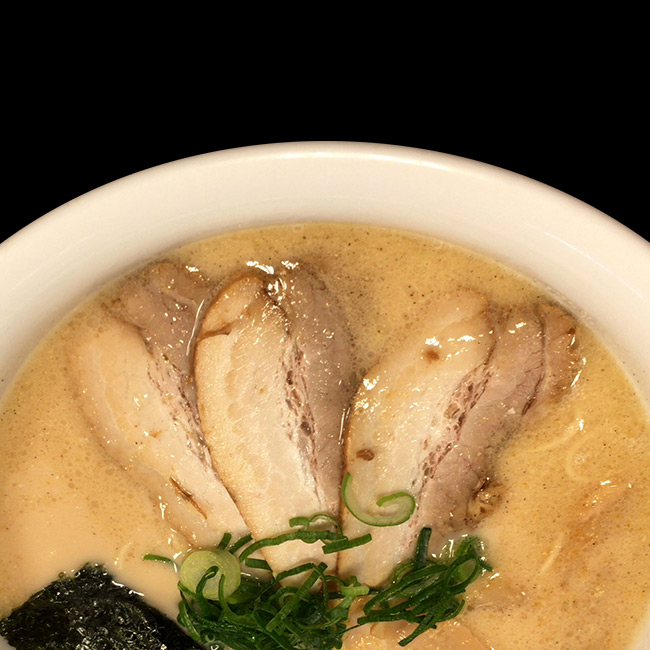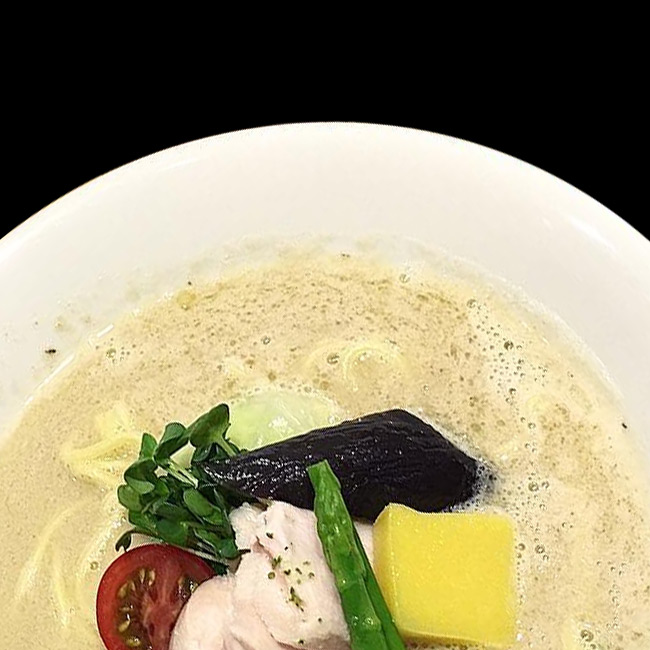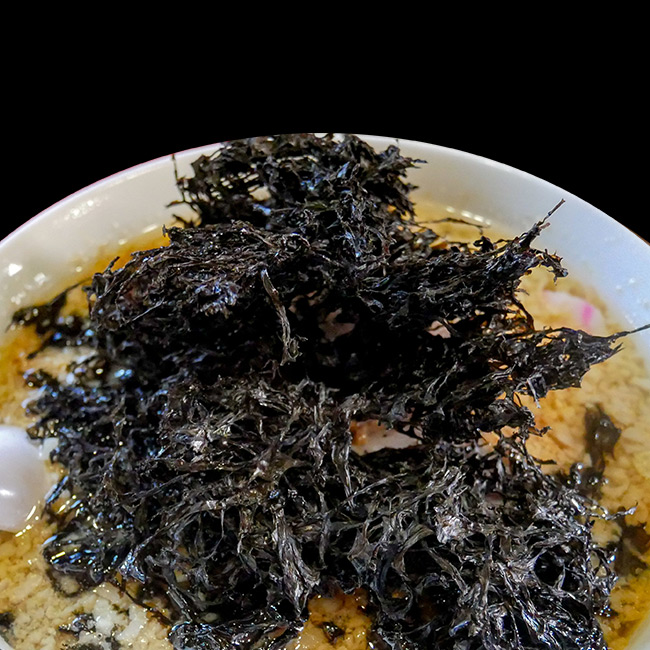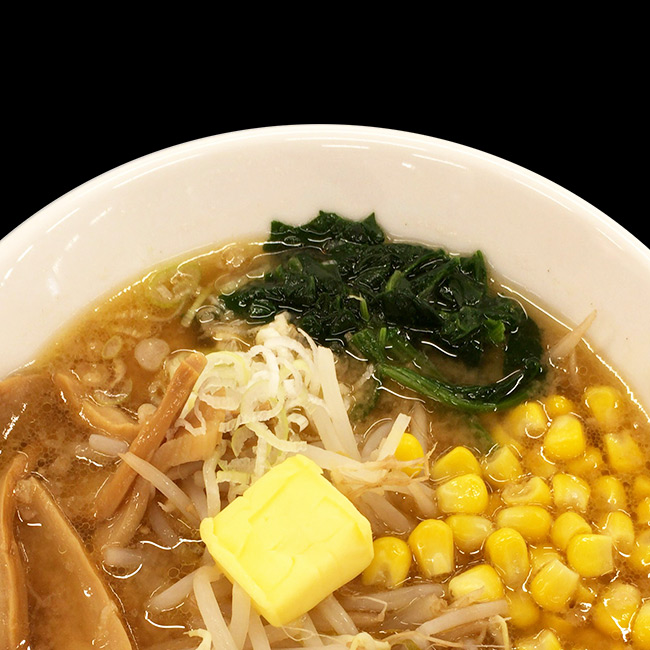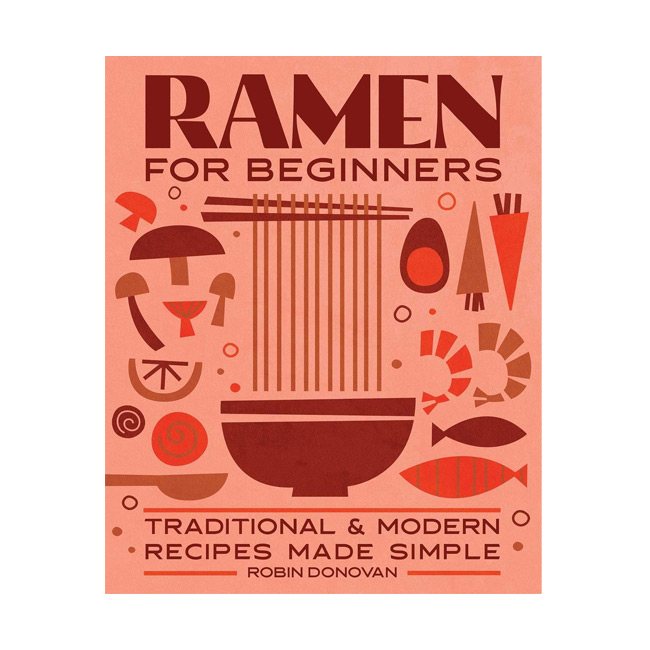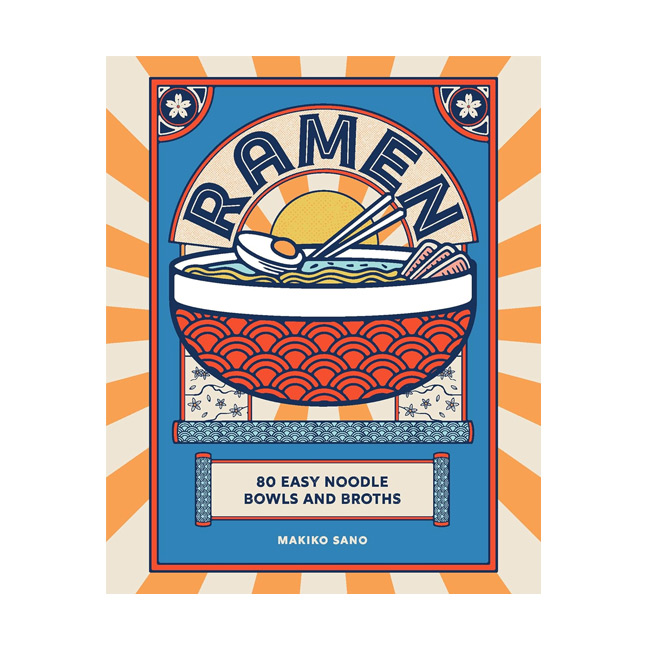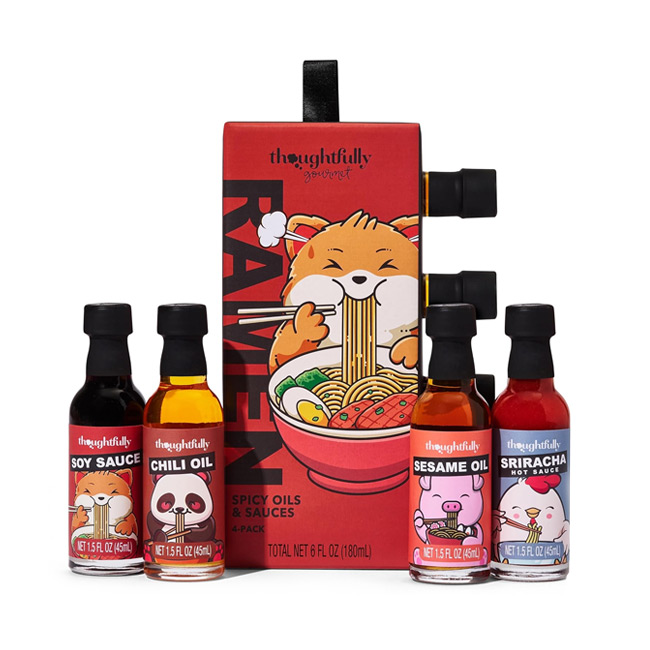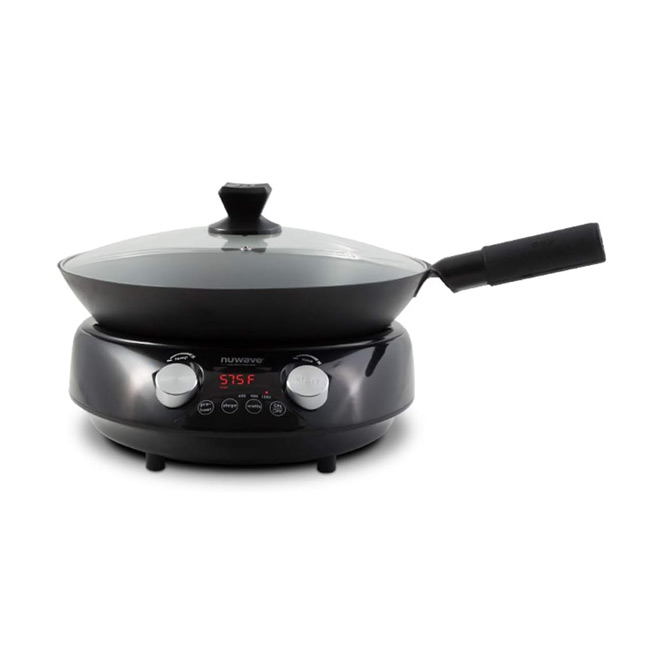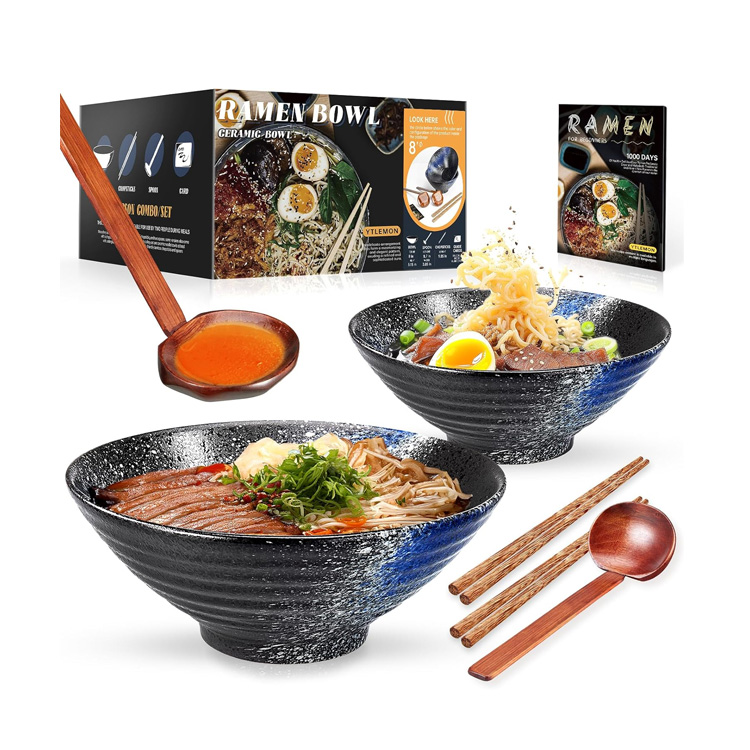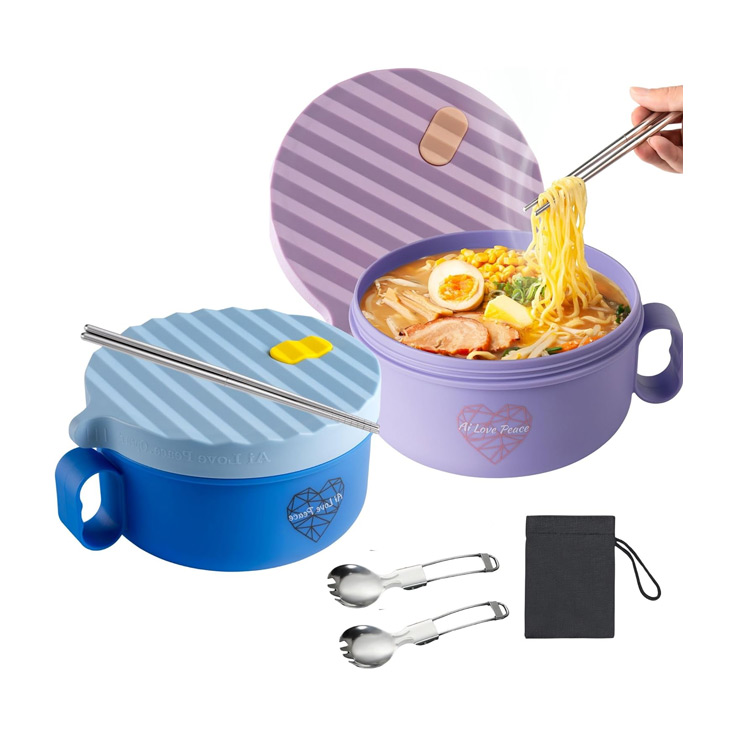Pork bones, primarily used to create Tonkotsu ramen, are essential for achieving a rich, creamy, and flavorful broth. This ingredient imparts a deep umami taste and a luscious texture that distinguishes Tonkotsu ramen from other varieties.
The marrow and collagen in the bones break down during the lengthy boiling process, resulting in a milky, almost buttery consistency. This hearty broth pairs perfectly with thin noodles and toppings like chashu (braised pork belly), green onions, and soft-boiled eggs, creating a comforting and satisfying bowl of ramen.
the origins
The use of pork bones in ramen has its origins in Fukuoka, Japan, where Tonkotsu ramen was first developed in the Hakata district. It is said to have been created by accident in the 1940s when a chef left a pot of pork bones boiling for too long, resulting in the creamy, rich broth that we know today.
This fortuitous mistake led to the birth of Tonkotsu ramen, which quickly gained popularity for its intense flavor and unique texture. Over the decades, Tonkotsu ramen has evolved and spread throughout Japan and the world, becoming a beloved and iconic style of ramen.
Usage and Selection
To make an authentic Tonkotsu broth, pork bones are boiled for hours—sometimes up to 18 hours—to extract their full flavor and nutrients.
When selecting pork bones, look for ones that have a good amount of marrow and connective tissue, as these components are crucial for achieving the desired richness and creaminess. Ideally, use a mix of different types of bones, such as neck bones, trotters, and femur bones, to enhance the depth of flavor.
When preparing the broth, it’s also essential to frequently skim off impurities to ensure a clean, pure taste. For home cooks, sourcing high-quality, fresh pork bones from a reputable butcher can make a significant difference in the final dish.
Tonkotsu broth recipe
Making tonkotsu broth is a lengthy but rewarding process. Here’s a detailed step-by-step guide.
Ingredients:
- 4 lbs pork bones (preferably a mix of trotters, neck bones, and femur bones)
- 1 lb pork fatback (optional, for additional richness)
- 1 large onion, peeled and halved
- 1 large leek, cleaned and halved
- 1 whole garlic bulb, halved horizontally
- 1 piece of ginger (about 2 inches), sliced
- Water
Equipment:
- Large stockpot or Dutch oven
- Fine-mesh strainer or cheesecloth
- Skimmer or ladle
1. Prepping the Bones:
Blanch the Bones: Place the pork bones in a large stockpot and cover with cold water. Bring to a boil over high heat and allow to boil for 10 minutes. This helps to remove impurities and blood from the bones.
Rinse the Bones: After blanching, drain the bones and rinse them thoroughly under cold running water. Scrub away any residual blood or scum to ensure a clean broth.
2. Simmering the Broth:
Prepare Aromatics: While blanching the bones, prepare the onion, leek, garlic, and ginger.
Combine Ingredients: Return the cleaned bones to the stockpot and add the aromatics (onion, leek, garlic, ginger). Add enough water to completely cover the bones and aromatics.
Initial Boil: Bring the pot to a boil over high heat. Once boiling, reduce the heat to a gentle simmer. Skim off any scum or foam that rises to the surface using a skimmer or ladle.
3. Long Simmering:
Simmer for Hours: Simmer the broth gently for at least 12 hours, ideally 18 to 24 hours, to fully extract the flavors from the bones. Keep the water level consistent by adding hot water as needed to ensure the bones are always submerged.
Add Pork Fatback: If using pork fatback, add it to the pot about 6 hours into the simmering process. This will render additional fat into the broth, giving it a richer texture.
4. Straining the Broth:
Remove Large Solids: After simmering, remove the large bones and aromatics from the pot using tongs or a slotted spoon.
Strain the Broth: Pour the broth through a fine-mesh strainer or cheesecloth into another pot or large container to remove smaller particles and achieve a smooth consistency.
5. Final Adjustments:
Skim Fat: If desired, skim off excess fat from the surface of the broth using a ladle. Alternatively, you can refrigerate the broth and remove the solidified fat layer before reheating.
Seasoning: Season the broth with salt to taste. You can also add other seasonings like soy sauce or miso paste according to your preference.
6. Using the Broth:
Store: If not using immediately, let the broth cool and store it in the refrigerator for up to a few days or freeze for longer storage.
Serve: To serve, reheat the broth and pour over cooked ramen noodles and your favorite toppings, such as chashu (braised pork belly), green onions, bamboo shoots, and soft-boiled eggs.
Enjoy your homemade tonkotsu broth with a bowl of delicious ramen!
Pork Bones Broth and Ramen
There are many ramen varieties that use tonkotsu broth. For example, Hakata ramen originates from Fukuoka and is often topped with sliced pork belly, green onions, and sometimes red pickled ginger. Another style from Fukuoka, Kurume ramen features a thick and slightly stronger flavored tonkotsu broth compared to Hakata ramen.
These are just a few examples, but tonkotsu broth is widely used in various regional styles and custom variations of ramen due to its deep, umami-rich flavor and creamy texture. For instance:

Tonkotsu Ramen
Tonkotsu ramen is creamy and intensely savory. It’s based on a rich pork bone broth and uses toppings like chashu and mushrooms.
![Types of Ramen: Hakata Ramen. Image courtesy of [cipher] via Flickr Commons.](https://ramendatabase.com/wp-content/uploads/2024/06/Types-of-Ramen_Hakata-Ramen-768x510.jpg)
Hakata Ramen
Hakata Ramen originates from Fukuoka and features a rich and milky tonkotsu broth and toppings like chashu and pickled ginger.
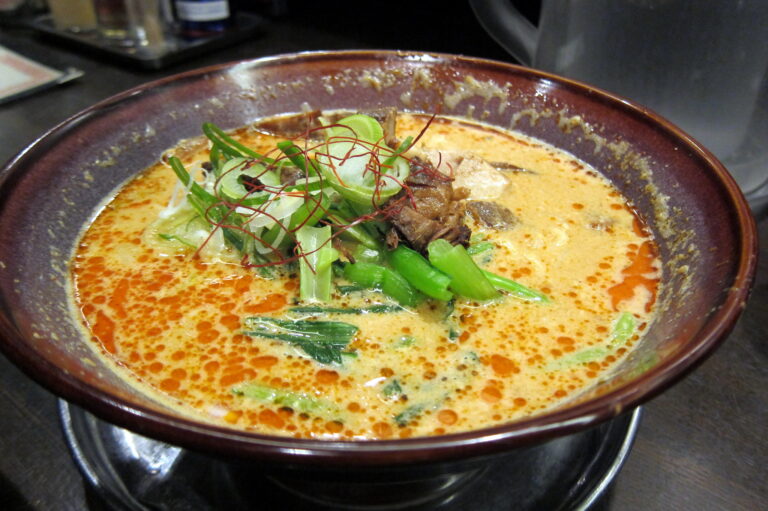
Tantanmen (Tan Tan) Ramen
Tantanmen or Tan-Tan ramen is a rich and spicy Japanese adaptation of Sichuan Dan Dan noodles. It uses a creamy broth and chewy noodles.
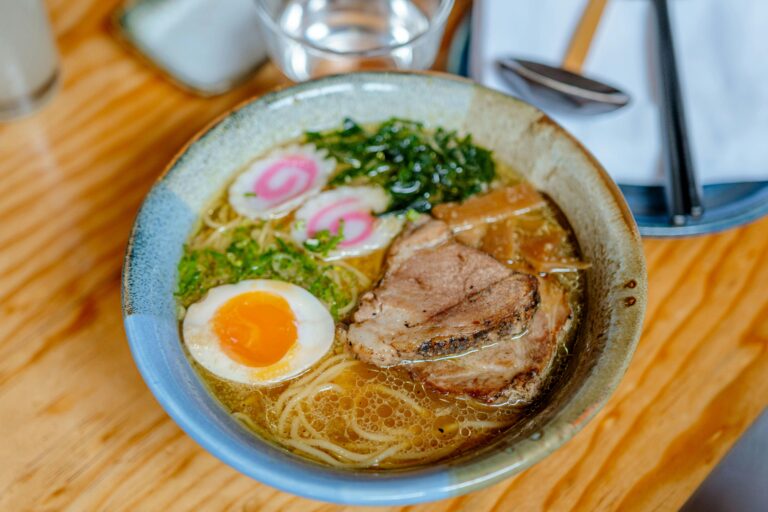
Spicy Shoyu Ramen
Spicy shoyu ramen combines the deep umami of soy sauce-based broth with a spicy kick. It’s usually served with chewy noodles.

